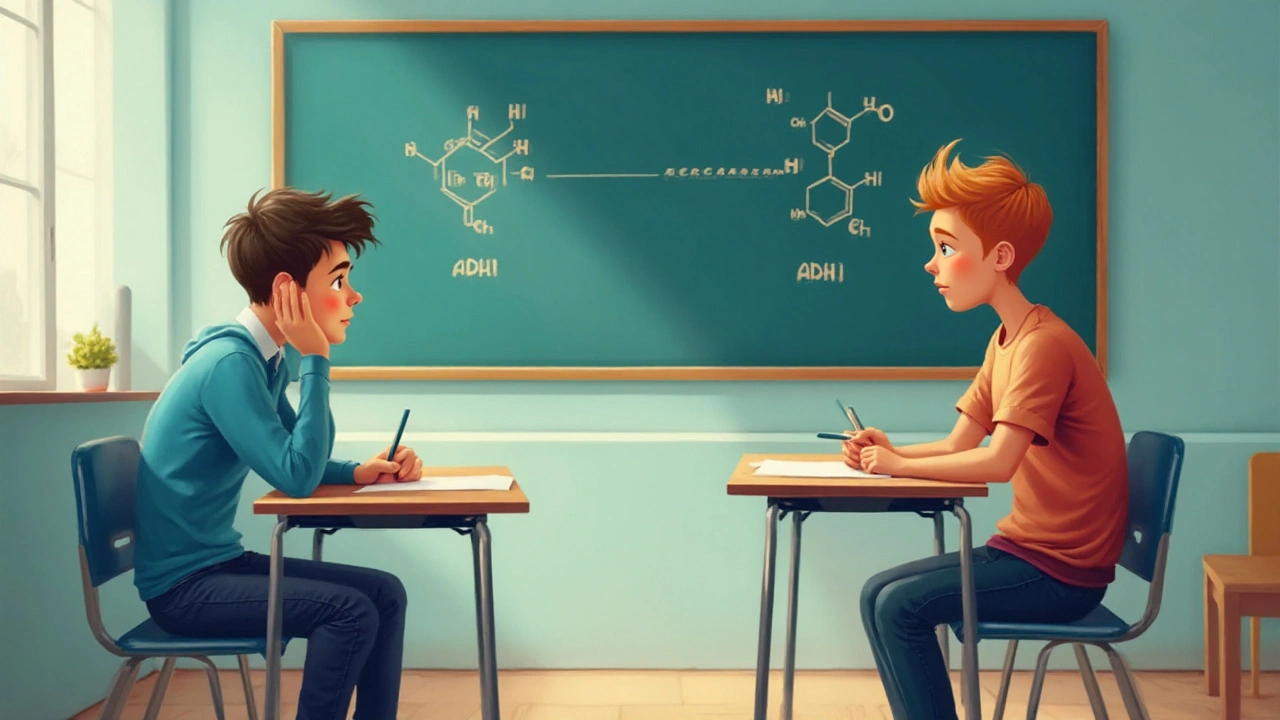ADHD treatment: what actually helps right now
Feeling scattered, missing deadlines, or watching a kid struggle at school? ADHD treatment isn’t one-size-fits-all, but there are clear options that work for most people. You don’t need to accept overwhelm as the norm—there are medical, behavioral, and everyday fixes that make a real difference.
Medication: the fast-acting tools
Stimulants are the most common meds for ADHD. They include methylphenidate (Ritalin, Concerta) and amphetamine-based drugs (Adderall, Vyvanse). They often reduce distractibility and improve focus quickly, but they need a prescription and follow-up because they can raise heart rate or affect sleep.
If stimulants aren’t right or cause side effects, there are non-stimulant options: atomoxetine (Strattera), guanfacine, and clonidine. These work more slowly and can help with impulsivity or when stimulants aren’t tolerated. Talk with a clinician about side effects and what to watch for—don’t try dosing or switching on your own.
Therapy, coaching, and skills that stick
Medication helps symptoms fast, but skills make gains last. For kids, behavioral parent training changes routines and consequences so behavior improves at home and school. For adults, CBT (cognitive behavioral therapy) and ADHD coaching teach planning, time management, and realistic goal-setting.
Coaching is practical: break big tasks into small steps, set timers, and create visual reminders. Therapy helps with motivation, procrastination, and emotional fallout. Combining medication and behavioral support usually gives the best results.
Small daily changes matter. Prioritize sleep, move your body daily (even a 20-minute walk helps), and simplify your environment: one open app at a time, clear work surfaces, and a short checklist. Use alarms, calendar blocks, and habit triggers—these tools reduce the need to rely on willpower alone.
Worried about costs? Ask your prescriber about generic options—methylphenidate and amphetamine generics are cheaper. Check manufacturer coupons, compare local and online pharmacies, and ask about patient assistance programs. Use legit telehealth services for follow-up when travel or time is a barrier.
Red flags: sudden chest pain, fainting, severe mood swings, or thoughts of harming yourself require immediate medical attention. Also, never buy controlled meds without a valid prescription—online pharmacies can be risky. Use verified pharmacies and keep your prescriber in the loop.
Want next steps? Start with a primary care visit or a specialist who knows ADHD. Bring a short history: when symptoms started, what helps or hurts, and any meds you’ve tried. That makes appointments faster and treatment clearer.
ADHD treatment works when it’s tailored to you. Mix proven meds, practical skills, and low-cost tricks to get back in control. If you need help finding affordable, safe medication options or behavioral support, check resources from your clinic or ask here for common savings tips.
